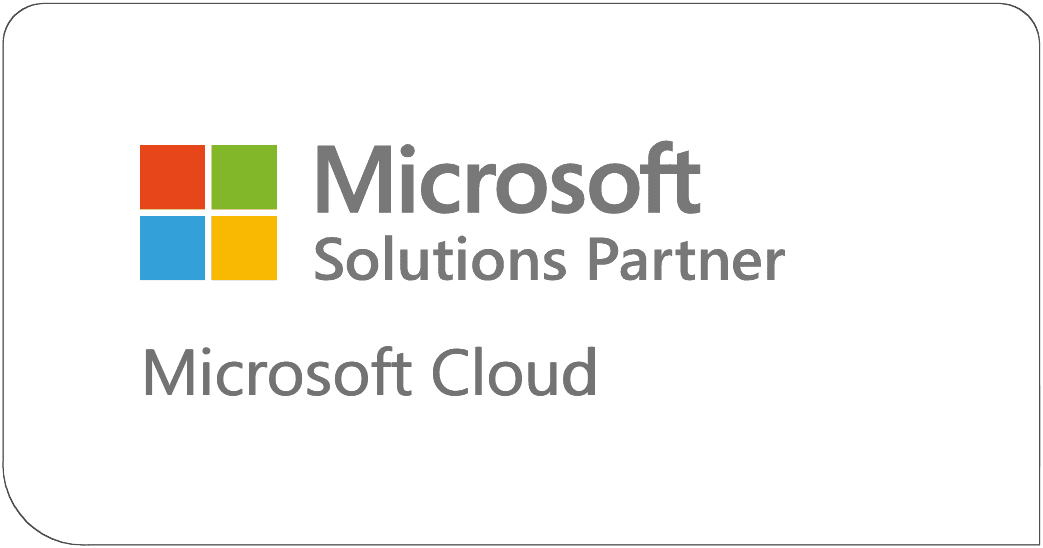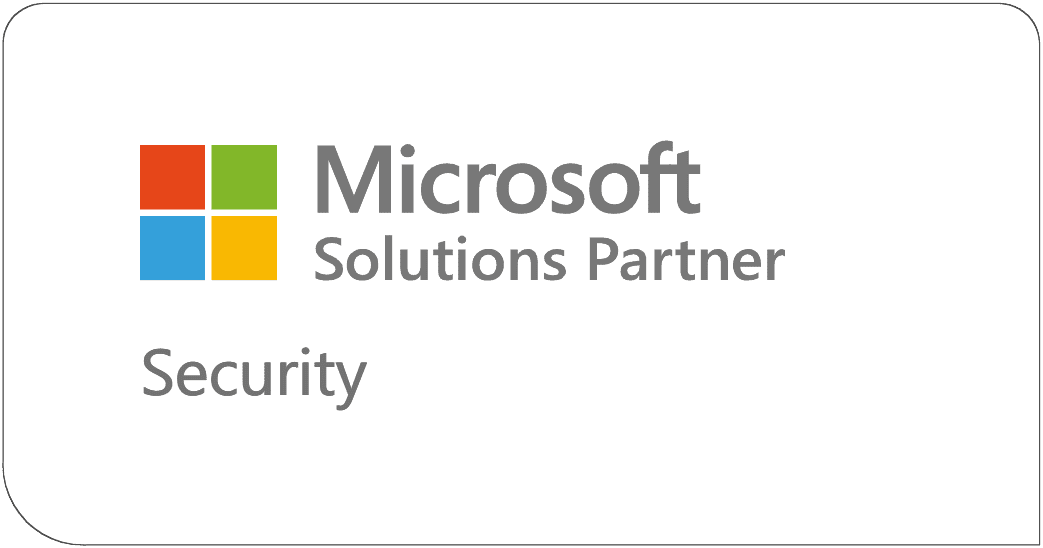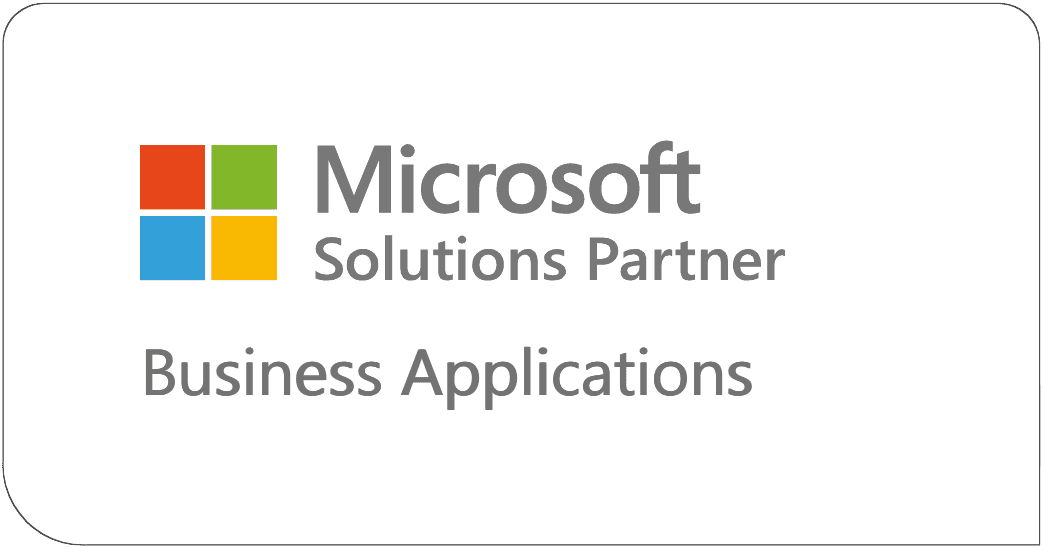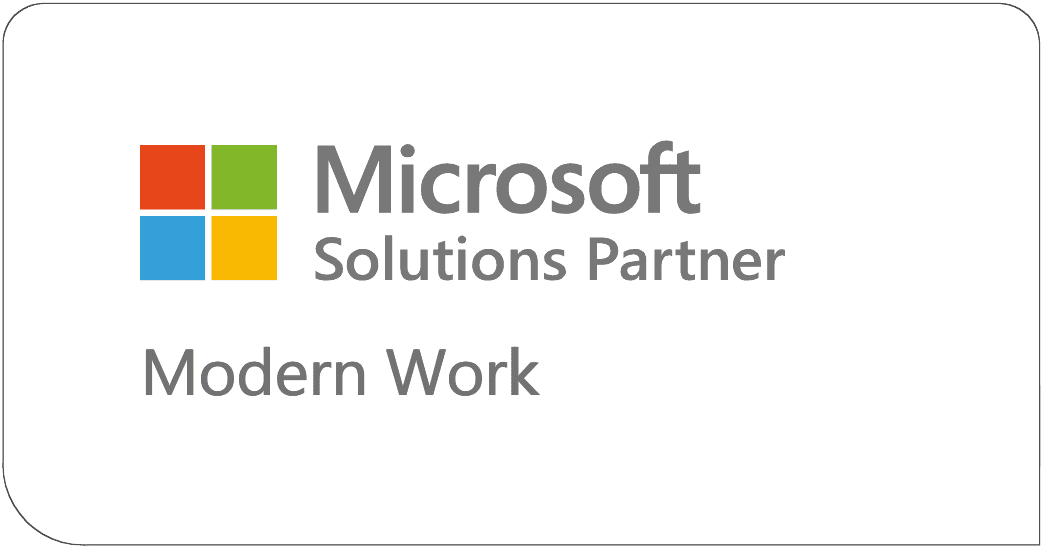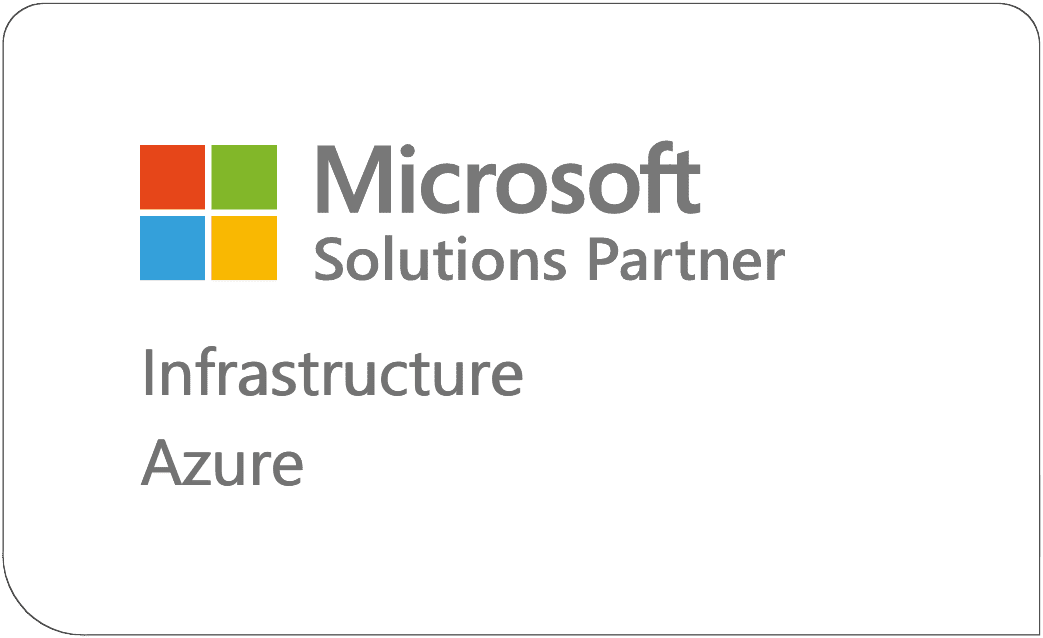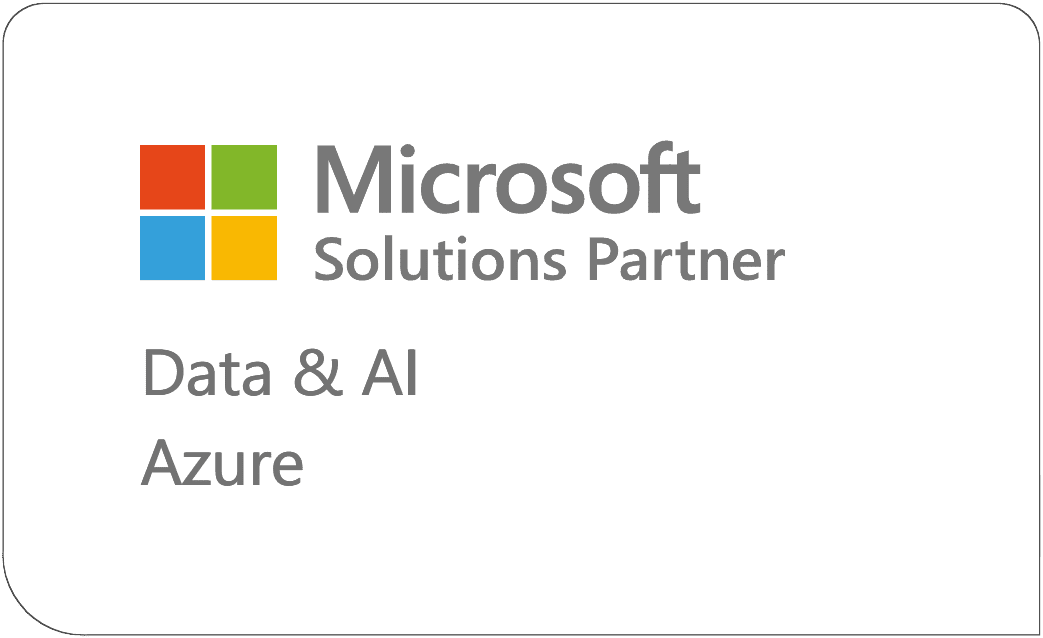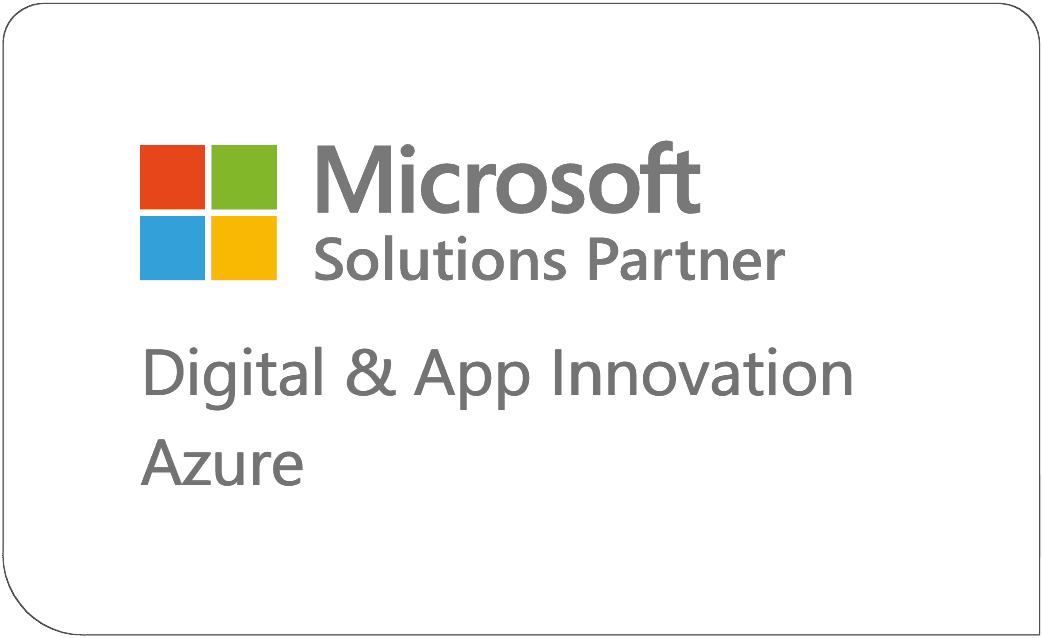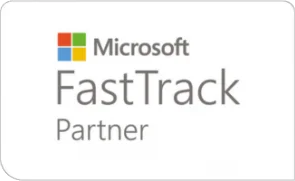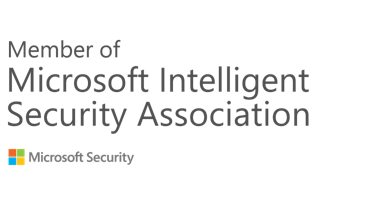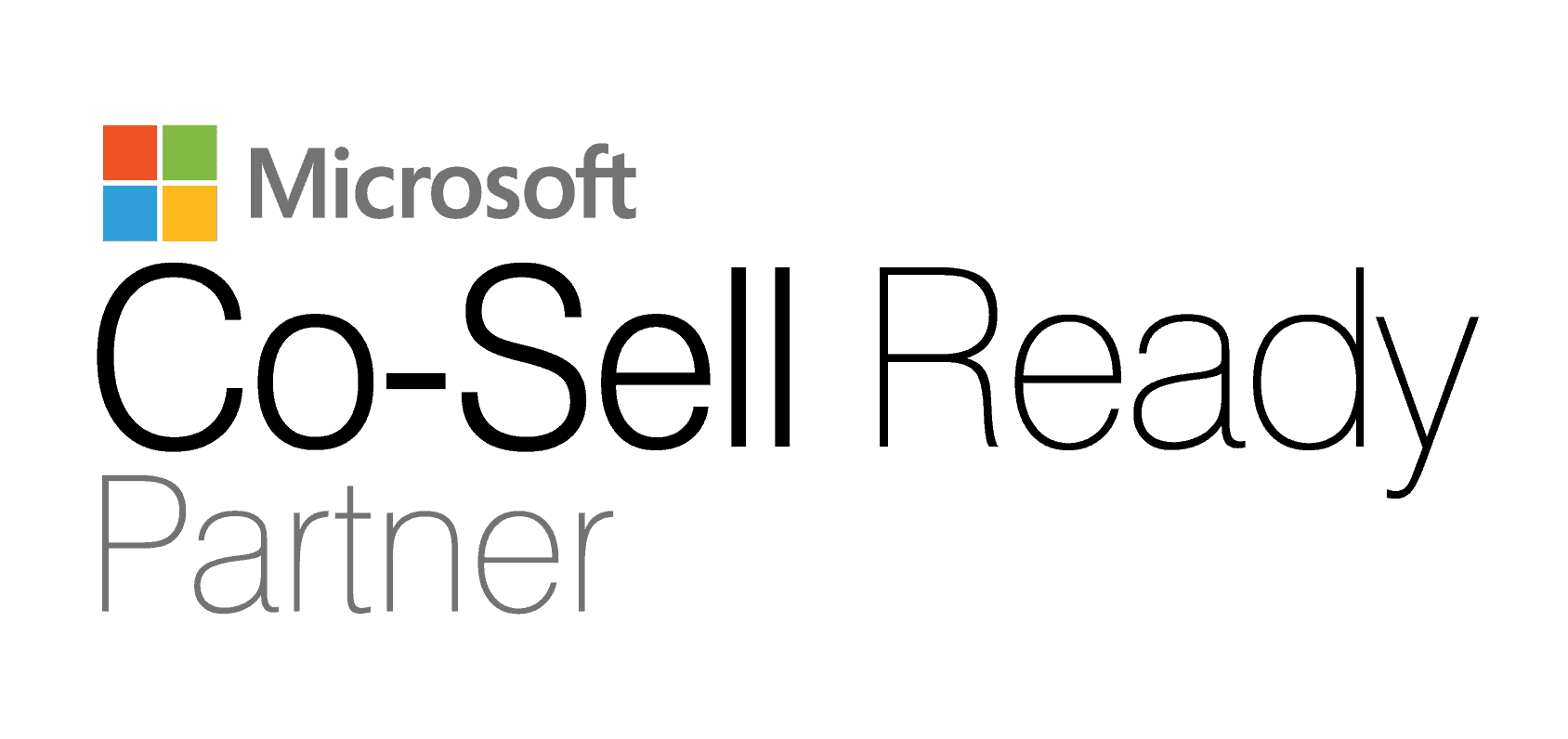Two industry leading healthcare companies merge and migrate to a new Microsoft 365 tenant achieving unified operations and better care
Two industry leading healthcare service providers merge and consolidate operations on a new Microsoft 365 tenant

Background
The customer is a well-respected healthcare provider from the mid-west. It is a not-for-profit network providing primary, specialty and emergency care in 11 hospitals and more than 100 clinics spread across 67 cities and rural communities. The current brand resulted from a merger of two different healthcare units to provide access to more resources and a broader network of top-tier clinical services. While the business entities have merged to become one, their systems and technology were still operating separately. The task at hand was to combine their Microsoft 365 environment to create a unified collaboration environment for all users.
Challenges
As a result of the merger activity, the company needed to consolidate their Microsoft 365 tenants into one within a quick timeframe. Broadly, the challenges are the following
- Merging and migrating 2 different Microsoft 365 tenants into one new domain
- Rearchitecting end point device management
The active MS workloads involved are
- Teams Meetings
- Intune
- Teams Platform
- Insider Risk Manager (IRM)
- Microsoft Cloud App Security
- Microsoft Defender for Identity (MDI) – formerly Azure ATP
- Microsoft Defender Endpoint (MDE) – formerly MDATP
- SharePoint Online
- Azure Active Directory Premium
- Exchange Online
- Microsoft 365 Apps
- Microsoft Purview Information Protection and Governance
- Microsoft Sentinel
- Microsoft Entra
Some important usage parameters are
- E3 Licenses – 1755
- Total Active Users – 6194
- AD User Objects – 10008
- Entra Cloud Accounts – 689
- No of Mailboxes – 6900
- No of Devices – 10701
- SharePoint Size (GB) – 300
- Teams Size (GB) – 120
- OneDrive Size (GB) - 385
The business also needs to be supported by an effective adoption and change management program with hyper care support for resolution of any production issues bound by an agreed SLA. And all these must be completed within 18 weeks only.
Solution
Netwoven employed its well tested migration processes. These processes comprehensively address every aspect of a large migration project. The highlights of the major phases of the project are:
Assessment, Planning and POC
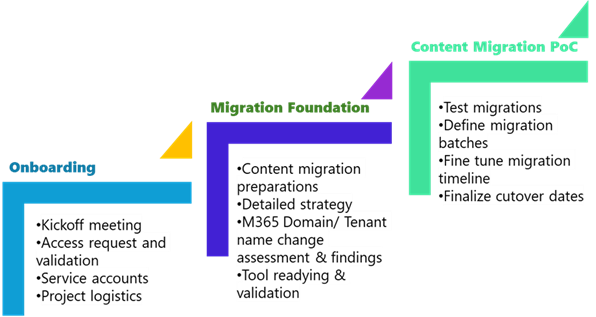
The goal of this phase is to comprehensively assess and report all the migrating entities, conduct workshops with the stakeholders and create an approved migration plan including a validated POC.
Migration, Security Configuration and Device Management
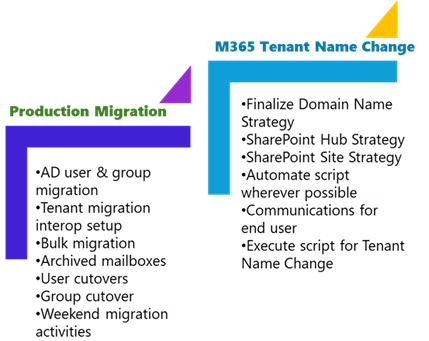
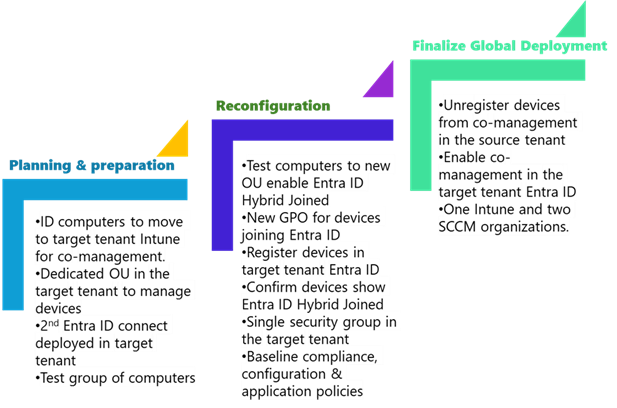
This is where the production migration and cutover happen. In this case, particular attention is paid to the content migration both for bulk and delta migrations. The ramifications of tenant name change are appraised to all stakeholders and demonstrated. The device rearchitecting is implemented and validated. All issue remediations are done with sample representative users before the final cutover it.
Adoption, Change Management and Hypercare

- Change Calendar
- Communication Templates
- FAQs and training content
- Recorded KT sessions
- Runbook/FAQs of common issues
- L3/L4 technical support
All users are made aware of the changes through training program and appropriate communications. All changed user experiences are documented and circulated to the relevant users as ready references.
The project was executed in time. A big bang approach was employed to migrate all workloads on the same cutover date. Initial bulk migrations were followed by delta migrations until cutover. This strategy ensured minimal remediation, simpler communication and coordination. It also lowered the complexity of migration. The risks were covered through detailed planning and stakeholders' participation at the appropriate time along with the tooling and benchmarking test migration throughput towards final migration.
Benefits
The project provided several benefits to the company.
- Business consolidates best of operational experiences of the merging entities
- Established new branding successfully
- Unified content access and reduced user pain by having all content integrated one Microsoft 365 tenant
- Single infrastructure, tools, and processes established for a seamless merger
- Better integration and optimization for all Microsoft 365 workloads
- Reduced overall licensing costs





